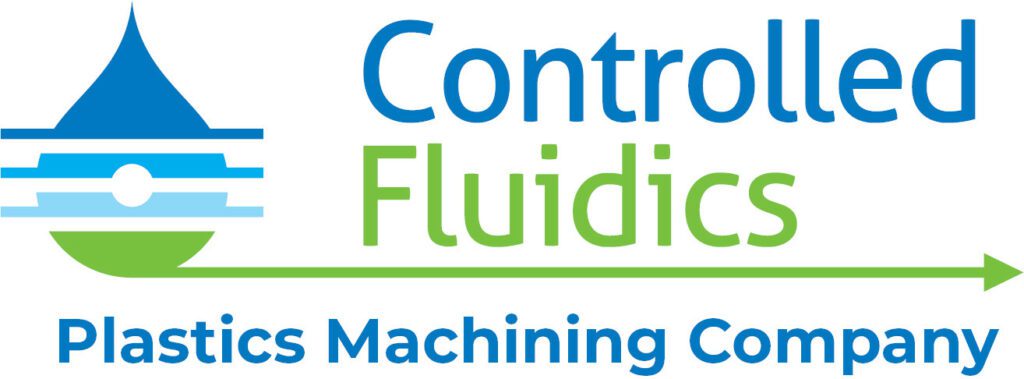
Dedication to Medical Advancement
When it comes to patient quality of life or saving lives, we understand there is no room for compromise or cutting corners. Precision and quality mean everything. That's why we are dedicated to providing cutting-edge solutions through our specialized plastic manufacturing processes tailored exclusively for the unique needs of the medical industry.
Commitment to Medical Excellence
Multilayer plastic manifolds have become the answer for medical devices in the search for smaller, more portable, and lower-maintenance devices. As a result, many producers use them in countless medical applications, including blood analyzers, reproductive health instruments, plastic surgery tools, and dental drills. All this to keep patients and medical professionals safe and procedures successful.


Plastic's role in medical research has enabled many medical breakthroughs, and the materials have been invaluable in fighting the pandemic. At Controlled Fluidics, we understand medical's complex requirements and precise engineering needs. We have the decades of experience necessary to make your project a success from start to finish.
Why Controlled Fluidics for Medical Device Manufacturing
We meet medicinal organizations where they are when it comes to their projects. Not every manufacturer can say that. While every project that comes to us is going to have some differences, we understand the needs these industries absolutely must meet. When it comes to medical fluidic design and manufacturing, we have the technology.
Customization for Unique Requirements
Recognizing that each medical application has its own set of requirements, we specialize in providing customizable solutions.
Quality is the core of everything we do. Our rigorous quality control ensures every piece leaving our facilities adheres to the highest standards.
We have strict adherences to regulatory requirements, including FDA and ISO standards among others to provide peace of mind.
Our Services
We offer specialized plastic machining services and manufacturing for medical devices, components, and even micromachining the smallest parts for compact assemblies.
Streamlined Access to Medical Grade Plastics
Our key partnerships place us in the unique position to get specialized medical-grade and biocompatible resins fast. Without compromising safety, quality, or reliability.
Prototyping & Design Support
Partner with us from initial concept to final product. Our team offers prototyping and design support to ensure that your vision is translated into a tangible and functional reality.
Sustainable Solutions
We work to ensure our eco-friendly manufacturing processes and materials contribute to a healthier planet while maintaining the high standards required for medical applications.
Get in touch with us and reserve your no-obligation consultation with our team of experts for your next project.
Medical Plastics Articles
Peruse some of our related written works on medical trends and their plastics relationships.
COC and COP Plastic Manifolds (Podcast)
COC and COP plastics offer advantages over other amorphous materials. They are chemically resistant with great light transmission capabilities. Check out the benefits.
Injection Molded Manifolds (Podcast)
An injection molded manifold features injection molded components bonded together to make a manifold. Look at the production process and pros/cons of injection molded manifolds.
Multi-Layered Bonded Manifolds (Podcast)
Multi-layered bonded manifolds offer advantages over drilled manifolds with plugs. Multi-layered bonded manifolds allow you to create complex channel routing.
Plastic Manifolds for Medical, Research, and Life Science Applications
How Medical & Research Are Using Plastic Manifolds Many industries are increasingly using bonded manifolds as their technology, sophistication, and repeatability have improved, and designers realize their inherent value. Complex manifolds – with arrays of different valves – can deliver functions such as pneumatic control, cleaning cycles, dosing, reagent mixing, flow and bacteria analysis, particle…
Choosing the Best Plastics for Bonded Manifolds
The Best Plastic Resins & Materials For Creating Bonded Manifolds Edited for clarity and format on March 28, 2024 Bonded manifolds offer a variety of benefits. Ease of design flexibility means manufacturers like Controlled Fluidics can create intricate channels in almost any configuration. Controlled Fluidics’ low-pressure bonding technology means channels retain their shape throughout…
What is a Bonded Manifold?
What is a bonded manifold? What they are, why they’re important, and how to tell if you need one *Updated November 10, 2023 If you’ve spent time on our website, you have likely encountered the term “bonded manifold.” But what exactly are those, and do you need one? The field of fluidics often requires smaller…

